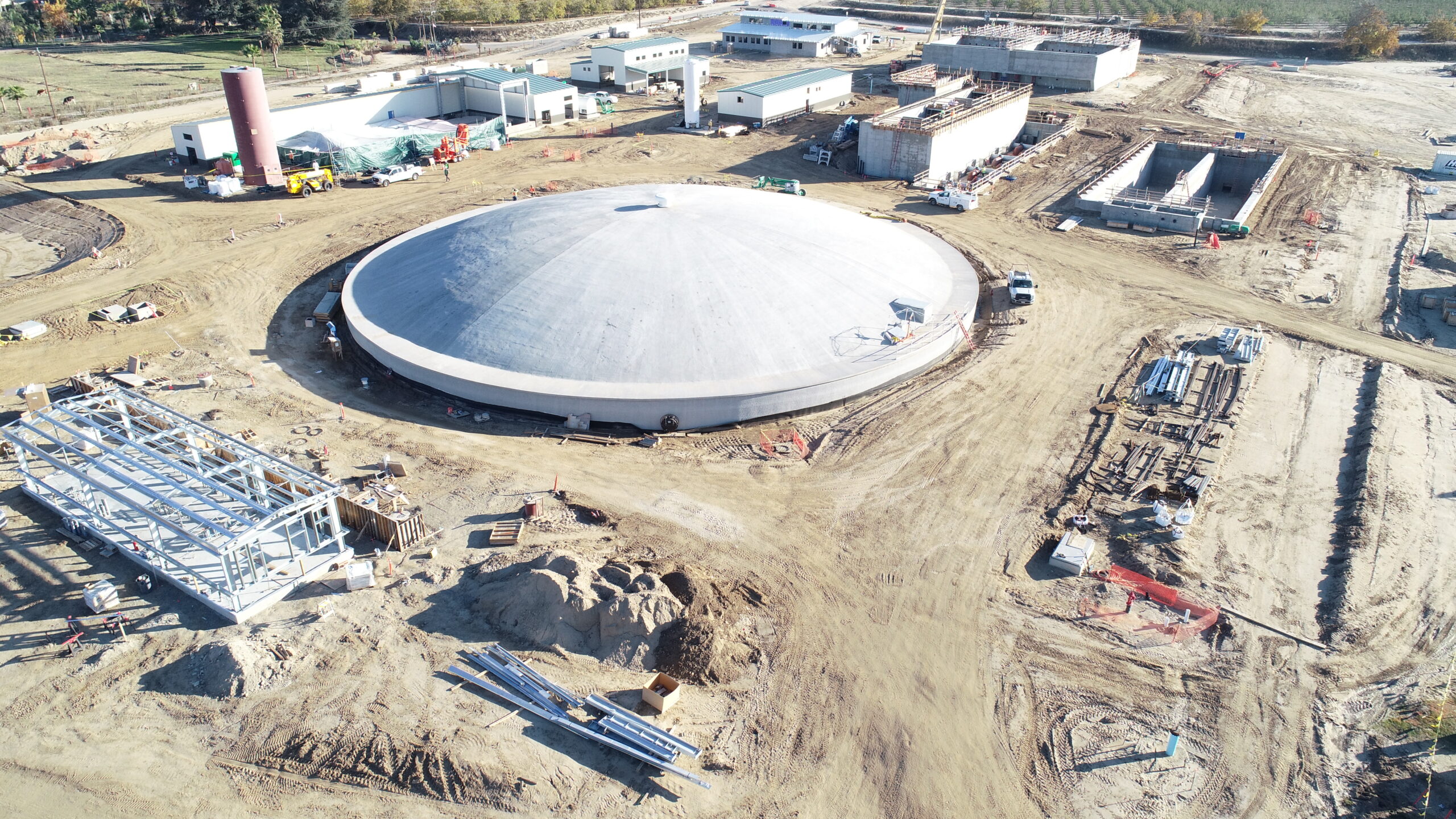SRWA Regional Surface Water Supply
History
Since the 1980s, local agencies responsible for providing clean, safe, and reliable drinking water have considered a project to diversify their water portfolios and reduce their dependence on groundwater. Historically, the cities of Ceres and Turlock have relied entirely on groundwater as their only source of drinking water supply. In order to ensure a sustainable water supply, the project being considered would divert water from the Tuolumne River, treat it at a new water treatment plant, and deliver it for municipal consumption.
In 2002-2003 and during a larger river and fish habitat restoration project, TID installed an infiltration gallery below the Tuolumne River bed and just downstream of Fox Grove Park that would divert surface water from the river. TID continued to lead the efforts to construct the remaining facilities of the project, including the water treatment plant, through the early 2000s and until the formation of a joint powers authority called the Stanislaus Regional Water Authority (SRWA).
In 2015, the cities of Ceres and Turlock formed the SRWA to further develop the project, now known as the Regional Surface Water Supply Project (RSWSP). To ensure the availability of surface water for the RSWSP, TID and the SRWA executed a Water Sales Agreement (WSA) that determined the quantity of water that could be diverted from the Tuolumne River utilizing TID’s water rights. The WSA also included provisions that the SRWA provide groundwater to TID’s growers during times of drought, to help offset the surface water being provided annually.
The SRWA continued with development of the RSWSP and in 2018-2019 installed a large concrete structure, called a wet well, that connected to the infiltration gallery that TID had installed years before. A contractor then began work in 2020 to design and construct the remaining infrastructure for the RSWSP, including the water treatment plant and finished water pipelines. Construction was finished in late 2023, which concludes a vision that was decades in the making.
Environmental Benefits
In addition to diversifying the water supply portfolios for the member cities of the SRWA, the RSWSP includes various other benefits:
- Acts as an in-lieu recharge project that helps meet the goals of the Sustainable Groundwater Management Act (SGMA). SGMA, passed in 2014, requires that all groundwater basins within the State of California develop and achieve goals to ensure a sustainable groundwater basin.
- The water released from the Don Pedro Dam and down the Tuolumne River to be diverted at the infiltration gallery passes through approximately 20-miles of salmon spawning habitat, increasing flows through a critical stretch of river.
